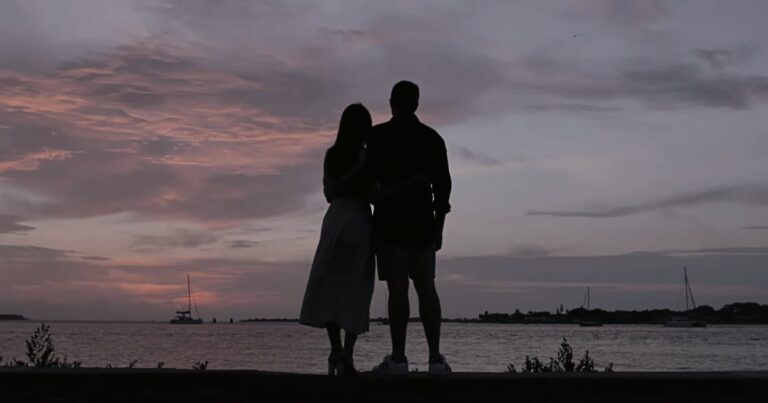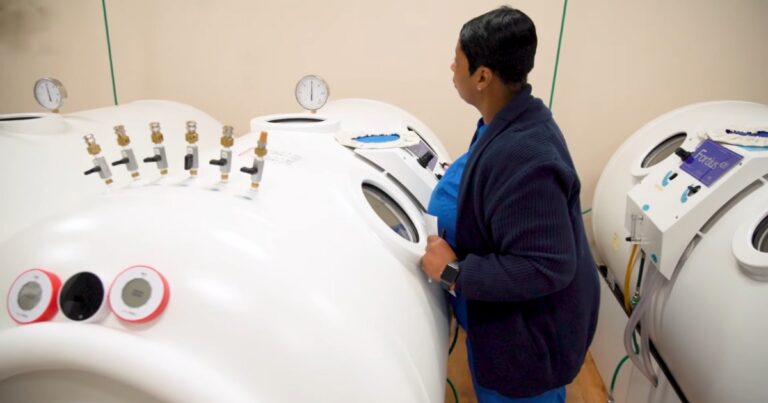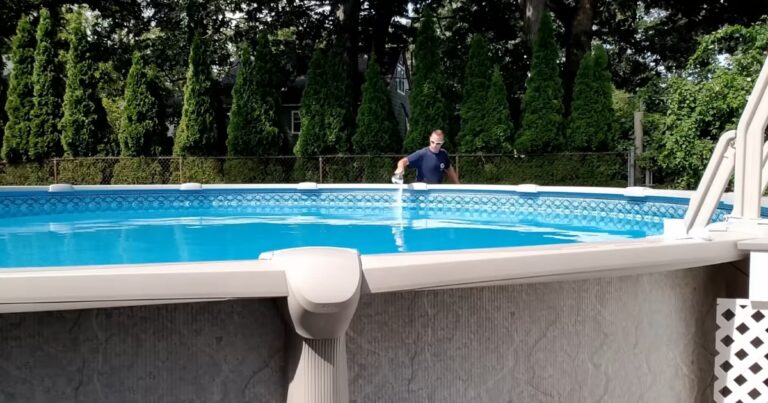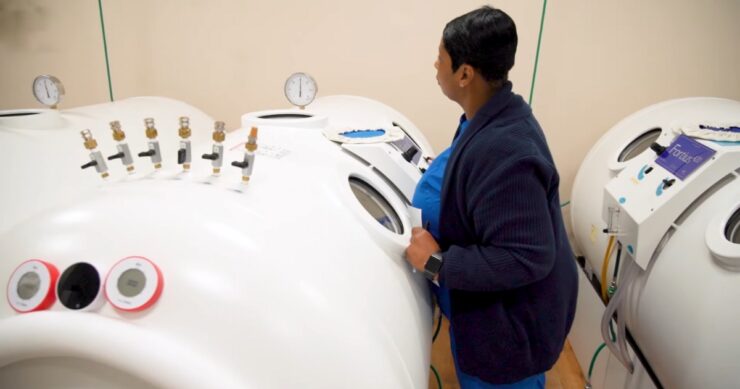The journey from friendship to a romantic relationship is a path filled with subtle signs and significant moments. Understanding these signs is crucial for anyone who finds themselves in a deep friendship, pondering the possibility of love. This transition is not always obvious, and misreading the signs can lead to confusion or even harm a good friendship.
This post aims to guide those navigating this delicate transition, offering insights into how to read the signs correctly and move forward with confidence. It’s a guide for those who value their friendships and seek to understand whether these relationships have the potential to evolve into something more profound and romantic.
Understanding Friendship Boundaries
A strong friendship serves as a solid foundation for a potential romantic relationship. However, it’s essential to understand and respect personal boundaries within this dynamic. Recognizing and honoring these boundaries is crucial in maintaining the health and integrity of the friendship, regardless of whether it transitions into romance.
It’s about understanding your friend’s comfort levels, respecting their space, and ensuring that any progression towards romance is mutual and consensual. Pushing these boundaries without clear communication can lead to discomfort or misunderstanding, potentially damaging the friendship. Therefore, it’s vital to approach this transition with sensitivity and a deep respect for the existing friendship.
Body Language and Communication
Body language plays a significant role in revealing unspoken feelings and attractions. It’s often through non-verbal cues, such as prolonged eye contact, subtle touches, or a change in physical proximity, that interest beyond friendship is expressed. However, interpreting these signs requires a careful and considerate approach.
Alongside reading body language, open and honest communication is paramount. It involves expressing your feelings and intentions clearly and respectfully, while also being receptive to your friend’s responses, both verbal and non-verbal.
This dual approach of observing body language and engaging in transparent communication helps in understanding mutual feelings and intentions, thereby reducing the risk of misinterpretation and ensuring that both parties are on the same page. To get an even better picture of everything we said and will say in this article you can click here.
Spending More Quality Time Together
An increase in the time spent together can be a significant indicator of growing romantic interest. It’s not just about the quantity of time, but also the quality and nature of the activities shared. This shift often involves choosing activities that foster deeper emotional connections, such as intimate conversations, shared hobbies, or experiences that are meaningful to both.
This change in the dynamics of how time is spent together often reflects a desire to explore the relationship beyond the realm of friendship. It’s an opportunity to create shared memories and experiences that can strengthen the bond and pave the way for a potential romantic relationship. However, it’s important to ensure that this increase in time spent together is mutual and enjoyable for both parties, as it reflects a genuine interest in deepening the relationship.
Shared Emotional Connection
The importance of emotional bonding in transitioning from friendship to love cannot be overstated. A shared emotional connection is what often differentiates a romantic relationship from a platonic friendship. This connection is built on mutual understanding, empathy, and a deep sense of care for each other’s well-being.
It involves sharing personal thoughts, feelings, and experiences that may not be shared with others. Deepening this emotional connection can be achieved through meaningful conversations, showing genuine interest in each other’s lives, and being supportive during challenging times.
This emotional depth creates a strong bond that can naturally lead to romantic feelings. However, it’s crucial to ensure that this emotional bonding is reciprocal and that both friends are comfortable with this deepening level of intimacy.
Flirting and Playful Teasing
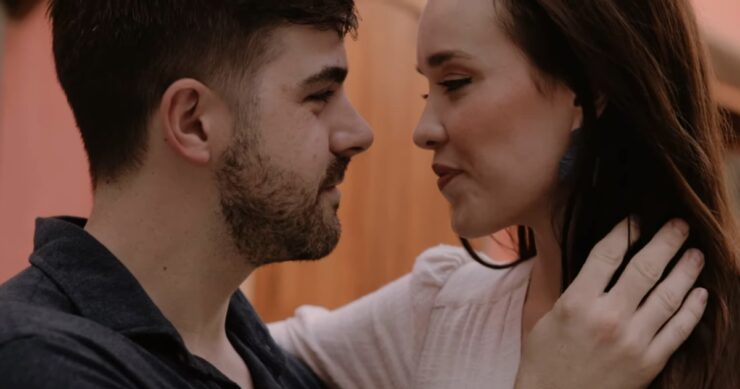
Flirting and playful teasing are often early signs of romantic interest developing within a friendship. These behaviors can be subtle, such as light-hearted jokes, gentle teasing, or flirtatious comments. They serve as a way to test the waters and gauge the friend’s reaction to a more romantic interaction.
However, it’s important to be mindful of how these actions are received. Positive responses such as reciprocal teasing, laughter, or flirtatious behavior can indicate mutual interest. On the other hand, discomfort or disinterest requires respect and a step back.
It’s about finding a balance between expressing interest and maintaining the comfort and respect that form the basis of the friendship. When done with care and mutual enjoyment, flirting, and playful teasing can be a fun and exciting way to explore the potential for romance within the friendship.
Long-Term Compatibility
Assessing long-term compatibility is a crucial step in considering a transition from friendship to a romantic relationship. This involves evaluating shared values, life goals, and interests. It’s about envisioning a future together and considering whether both parties’ aspirations and lifestyles are compatible in the long run.
This assessment goes beyond the initial attraction and delves into the practicalities of a potential romantic relationship. It’s important to consider whether the relationship has the foundation to withstand challenges and grow over time. Shared values and goals can be a strong indicator of long-term compatibility, providing a basis for a stable and fulfilling romantic relationship.
Taking the Initiative
Taking the initiative to express romantic feelings can be daunting but is often necessary to move a friendship towards a romantic relationship. It involves being brave enough to communicate your feelings openly and honestly while being prepared for any outcome.
This step requires a balance of courage and sensitivity, ensuring that the expression of feelings is respectful and considerate of the friend’s feelings. Providing tips for starting this conversation can include choosing the right moment, being clear and direct about your feelings, and expressing a willingness to respect the friend’s response, whether it’s positive or not. Taking this step can be the key to unlocking a new phase in the relationship, but it must be approached with care and respect for the existing friendship.
Handling Rejection Gracefully

The possibility of rejection is a reality when expressing romantic interest in a friend. It’s important to approach this situation with maturity and grace. Handling rejection involves accepting the friend’s feelings without resentment or bitterness. It’s about respecting their decision and maintaining the dignity of both parties.
This can be a challenging experience, but it’s crucial for preserving friendship and personal self-respect. Guidance on handling rejection includes giving yourself time to process your feelings, seeking support from other friends or loved ones, and focusing on self-care. It’s also important to communicate with the friend about how to move forward in a way that respects both parties’ feelings and the existing friendship.
Navigating the Transition
Navigating the transition from friendship to a romantic relationship requires mutual consent and a gradual approach. It’s about ensuring that both parties are comfortable and willing to explore this new phase of their relationship. This transition often involves a shift in how the individuals interact, communicate, and view each other.
It’s a delicate process that requires patience, understanding, and open communication. Discussing expectations, boundaries, and fears can help in making this transition smoother. It’s important to recognize that this change can affect the dynamics of the friendship and to be prepared to adapt and grow together in this new context.
Conclusion
In conclusion, transitioning from friendship to love is a journey filled with subtle signs, emotional depth, and mutual understanding. It’s important to read these signs correctly, communicate openly, and respect each other’s feelings and boundaries.
This post encourages readers to trust their instincts, engage in honest communication, and approach this transition with sensitivity and respect for the existing friendship. Remember, love that grows from a deep friendship has the potential to be one of the most fulfilling and enduring forms of romantic relationships. Trust the process, be true to your feelings, and embrace the journey with an open heart and mind.

